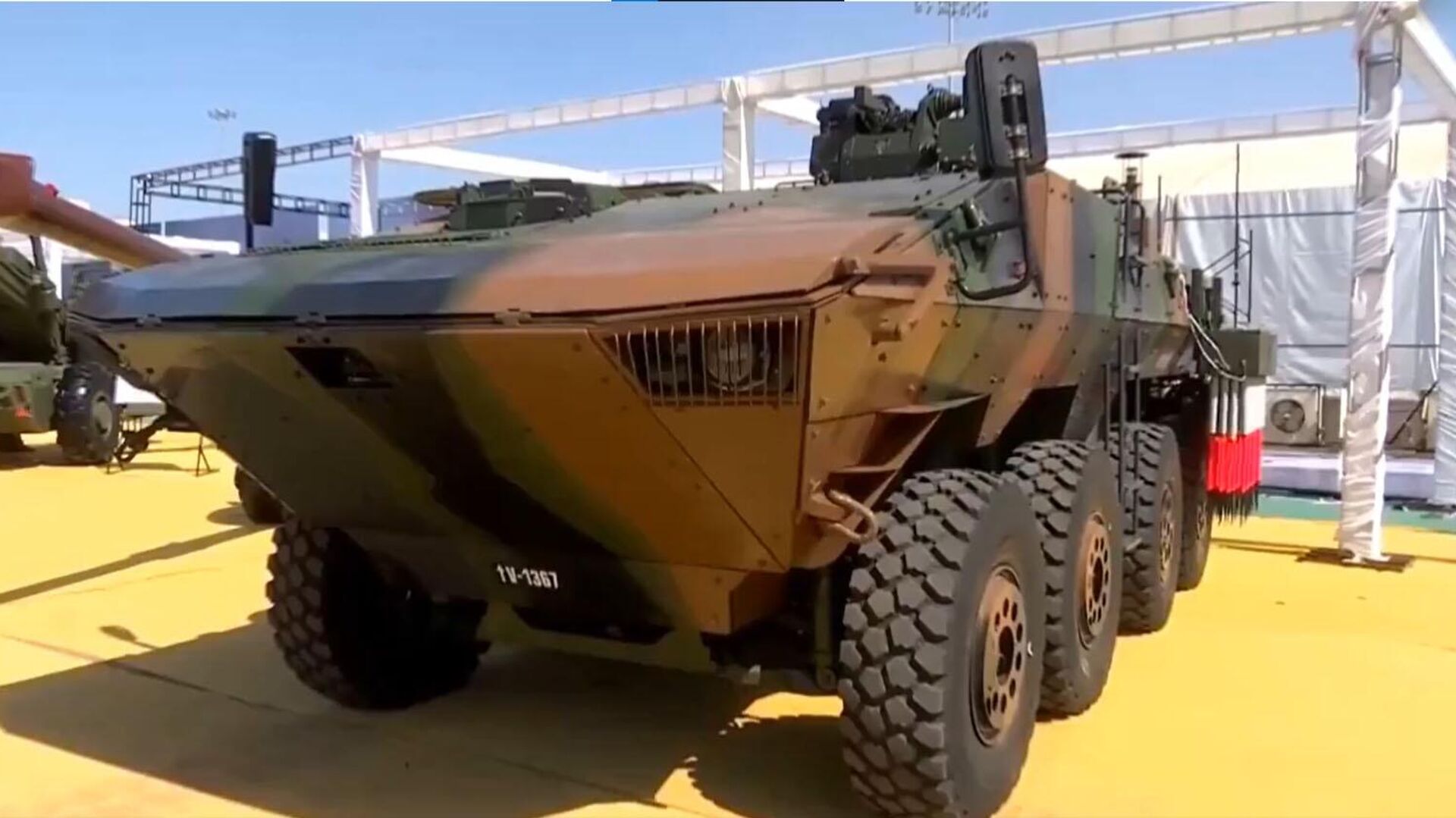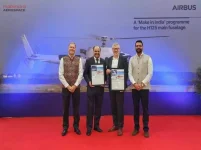- Views: 1K
- Replies: 16

The Defence Research and Development Organisation (DRDO), in partnership with Mahindra Defence Systems Ltd (MDSL), has unveiled a formidable new player in the field of Nuclear, Biological, and Chemical (NBC) reconnaissance.
The Wheeled CBRN (8x8) vehicle, developed entirely in India, promises to shift the balance within this specialized defence sector.
Situating the Mahindra CBRN Among Global Contenders
The Wheeled CBRN enters an arena populated by well-established vehicles like the German Fuchs 2, the American Stryker M1135, and Switzerland's Piranha 3.While detailed comparisons require precise data on all systems, the Mahindra CBRN confidently asserts itself as a major competitor. Initial specifications show its superiority in areas like power-to-weight ratio, maximum speed, and trench-crossing ability.
These core mobility metrics are vital in NBC scenarios, where rapid deployment and terrain adaptability are essential.
Additionally, the Mahindra CBRN's ballistic protection, upgradable to STANAG Level-4, indicates a strong focus on crew survivability.
Technological Prowess: The Heart of the Vehicle
Where the Mahindra CBRN truly aims to excel is in its technological capabilities. DRDO and MDSL have equipped it with cutting-edge chemical, biological, radiological, and nuclear detection systems.The inclusion of mass spectrometers and standoff detectors speaks to both the breadth and sensitivity of threat identification it offers. This allows for not only rapid detection but also detailed analysis of potential NBC hazards in the field.
The vehicle's ability to collect samples for further analysis and its onboard gas chromatograph systems designed for chemical warfare agent (CWA) and toxic industrial chemical (TIC) detection are further signs of its versatility.
In an age where the CBRN threat spectrum is sadly expanding, this adaptability makes the Mahindra CBRN a robust response tool across a range of scenarios.
Looking to the Future
The DRDO and MDSL's successful development of such a multifaceted CBRN vehicle speaks to India's growing self-reliance in advanced defence technologies.As more detailed information about the Mahindra CBRN becomes available, it will be fascinating to see where its capabilities place it among its global peers.
Its combination of mobility, protection, and sophisticated detection systems has the potential to make it a highly sought-after platform by armed forces worldwide seeking an edge in NBC defence.
Potential Roles in India's Defence Strategy
The Mahindra CBRN's capabilities align remarkably well with several potential roles it could play within India's defence strategy:- Border Monitoring and Patrol: India's extensive borders present challenges in monitoring potential CBRN threats. The Mahindra CBRN's speed, terrain adaptability, and advanced detection capabilities make it an ideal platform for rapid response and assessment along border regions.
- Disaster Response: In the unfortunate event of a CBRN incident, whether accidental or deliberate, the Mahindra CBRN becomes an invaluable asset. Its ability to quickly map hazards, identify agents, and collect samples is vital in containing threats and mitigating damage.
- International Partnership: India's rising role in international peacekeeping and humanitarian missions could see the Mahindra CBRN deployed alongside multinational forces. Its self-contained detection and analysis capabilities make it a potent support asset in ensuring force safety in uncertain environments.
Unique Design and Deployment Challenges of CBRN Vehicles
CBRN vehicles operate in a uniquely demanding niche.Beyond standard military vehicle considerations, designers and users must confront these challenges:
- Contamination Risk: The very nature of their mission means CBRN vehicles likely encounter hazardous substances. Designing for ease of decontamination, airtight crew compartments, and advanced filtration systems is paramount.
- Sensor Integration: The breadth of instrumentation carried requires meticulous planning. Interference between systems, data analysis, and ensuring ease of use while maintaining vehicle protection are complex engineering tasks.
- Crew Training: Operating a CBRN vehicle goes beyond standard vehicle operation. Personnel must have specialized training in NBC protocols, threat identification, and the use of complex detection equipment, raising logistical demands.
Conclusion
The Mahindra CBRN signifies a major step forward for the Indian defence industry.Its successful development highlights not only technological prowess but also a nuanced understanding of CBRN defence needs.
As the platform matures, it has the potential to become a cornerstone of India's defence strategy, both domestically and within a broader international role.

